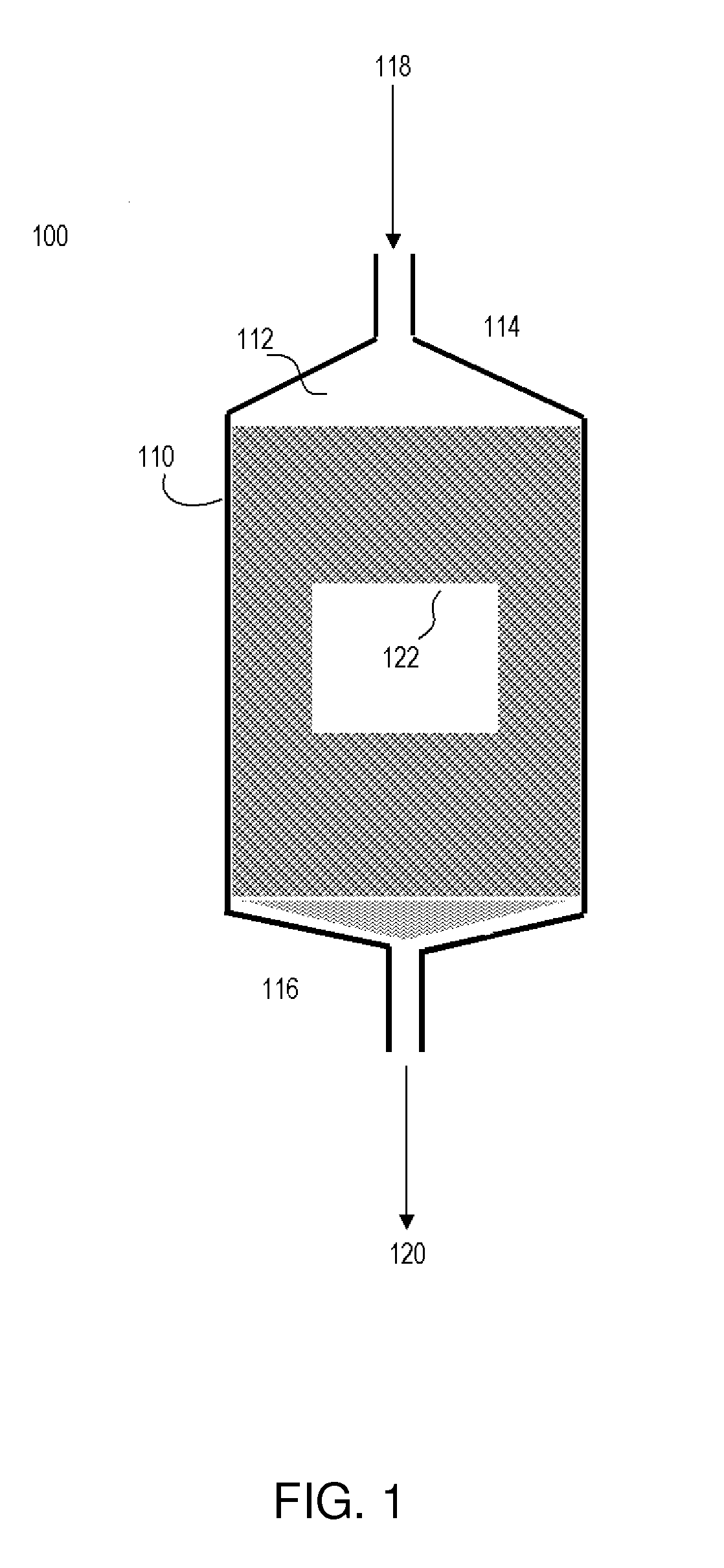Methods, devices, and systems for the separation and concentration of isotopologues
a technology of isotopologues and separation methods, applied in the direction of separation processes, radioactive contaminants, lighting and heating apparatus, etc., can solve the problems of radiation hazards, small leakage risk, and few facilities that can clean or separate tritiated water properly
- Summary
- Abstract
- Description
- Claims
- Application Information
AI Technical Summary
Benefits of technology
Problems solved by technology
Method used
Image
Examples
examples
[0063]The following examples are put forth so as to provide those of ordinary skill in the art with a complete disclosure and description of how the methods, devices, and systems disclosed and claimed herein are made and evaluated, and are intended to be purely exemplary and are not intended to limit the disclosure. Efforts have been made to ensure accuracy with respect to numbers (e.g., amounts, temperature, etc.), but some errors and deviations should be accounted for. Unless indicated otherwise, parts are parts by weight, temperature is in C or is at ambient temperature, and pressure is at or near atmospheric.
[0064]Several experiments were conducted using finely divided deuterium ice as a filtration media for the separation or concentration of tritium water from a liquid mixture. According to these experiments, a single 60 ml plastic medical syringe was used as the filter cartridge. A stuffing material comprised of conventional filter paper was packed into the bottom to prevent t...
PUM
| Property | Measurement | Unit |
|---|---|---|
| temperature | aaaaa | aaaaa |
| temperature | aaaaa | aaaaa |
| temperature | aaaaa | aaaaa |
Abstract
Description
Claims
Application Information
 Login to View More
Login to View More - R&D
- Intellectual Property
- Life Sciences
- Materials
- Tech Scout
- Unparalleled Data Quality
- Higher Quality Content
- 60% Fewer Hallucinations
Browse by: Latest US Patents, China's latest patents, Technical Efficacy Thesaurus, Application Domain, Technology Topic, Popular Technical Reports.
© 2025 PatSnap. All rights reserved.Legal|Privacy policy|Modern Slavery Act Transparency Statement|Sitemap|About US| Contact US: help@patsnap.com



